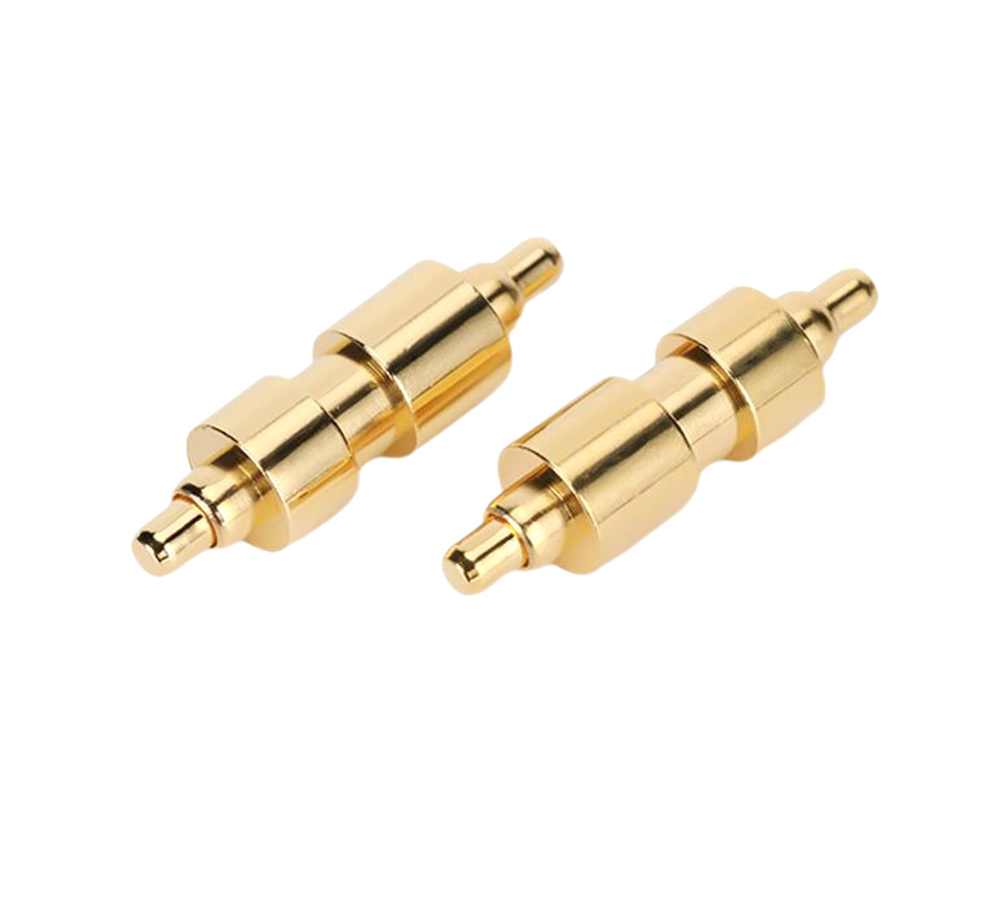Time:2025-05-27 Views:1 source:News

As high-current pogo pins carry substantial electrical currents, heat generation is an inevitable challenge. Effective heat dissipation structures are essential to prevent overheating, which can lead to performance degradation, reduced lifespan, and even safety hazards. Several innovative heat dissipation techniques and structures have been developed to address this issue.
One common approach is to increase the surface area of the pogo pin components to enhance heat dissipation. This can be achieved through various design modifications, such as adding fins or ridges to the pin body or barrel. These additional surface features provide more contact area with the surrounding air or heat-conductive materials, facilitating the transfer of heat away from the pin. For example, some high-current pogo pins feature extruded fins on the barrel, which increase the surface area for natural convection cooling.
Another effective heat dissipation structure involves the use of heat-conductive materials. Heat-conductive polymers or metals with high thermal conductivity can be incorporated into the pogo pin design to improve heat transfer. For instance, heat-conductive ceramics or graphite composites can be used to fill the gaps between the pin components, creating a more efficient heat transfer path. These materials can also be used to encapsulate the pogo pin, providing both thermal and mechanical protection.
In more advanced designs, active cooling methods may be employed. For example, some high-current pogo pins feature integrated micro-fans or liquid cooling channels. Micro-fans can be used to force air over the pin surfaces, enhancing convective heat transfer. Liquid cooling channels, on the other hand, can circulate a coolant fluid to absorb and dissipate heat more effectively. While these active cooling methods are more complex and costly, they are often necessary for applications with extremely high current requirements and limited space for natural heat dissipation.
Thermal interface materials (TIMs) also play a crucial role in heat dissipation structures. TIMs, such as thermal greases, pads, or tapes, are used to fill the microscopic gaps between the pogo pin components and the mating surfaces. By reducing the thermal resistance at these interfaces, TIMs ensure efficient heat transfer from the pin to the surrounding heat sinks or cooling systems. Selecting the right type of TIM with appropriate thermal conductivity and viscosity is essential for optimizing the heat dissipation performance of high-current pogo pins.
Read recommendations:
High speed signal Magnetic PogoPin